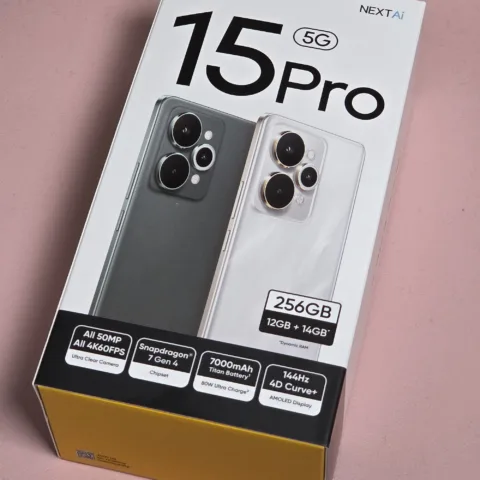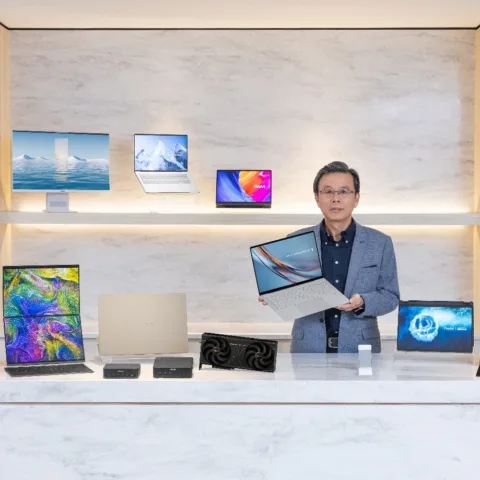Southeast Asia is becoming a powerhouse for tech investments. Similar to the trend we see coming from China, high net-worth individuals and institutions from the US are putting fresh boots and new analysts on the ground every quarter in countries like Singapore and Indonesia. It’s all in an effort to understand the regional market and identify smart ways to allocate capital.
The problem for many western investors is that Southeast Asia has never been celebrated for its ironclad rule of law or accommodating regulatory environment. As such, the region has many deceptive sharks and small fish amateurs who pass themselves off as serious fund managers. To them, American institutional capital often looks more like a piñata full of candy — ready to be drained.
This can make it hard for western backers to know who to trust and partner with for the best deals in Southeast Asia. It often makes sense for them to explore getting money into corporate venture capital (CVC) funds. Often in the eyes of US backers, VC firms under large conglomerates — where compliance is the name of the game — represent a warm blanket of security in an otherwise hostile market full of booby traps.
Smart global investors know that North American deal share for CVC is falling, while in Asia the industry is just heating up. Asia attracted 38 percent of all CVC deals in 2018, up from 31 percent in 2017. In the third quarter of 2018, Asia overtook North American deal share for the first time. Some of the most notable spaces for CVC investments included artificial intelligence, cyber-security, and digital health.
Southeast Asia in particular is one of the fastest growing markets in the world for scalable tech and new internet ventures. The good news for western players is that prior to funnelling capital into the region, they have the added benefit of hindsight. They can ask themselves:
Did this concept work in the US? Can it work in emerging Asia? Why or why not?
While it may sound like blasphemy to fund managers who position themselves as new-age cowboys, the venture capital game in emerging Asia is less about looking for moonshot opportunities than it is about simply mitigating risk.
Here are a few tips for US investors seeking to wisely inject capital into Southeast Asia’s CVC game.
Know your ideal partner
In Southeast Asia, the nature of CVC is a bit different from markets like China or the US, where the most prominent CVC funds tend to spring from established tech giants. For example, you’ve got names like Google Ventures, Intel Capital, Baidu Ventures, and M12 (formerly Microsoft Ventures) already deploying capital around the world.
In emerging markets like Indonesia, however, CVC will usually still come in the form of funds born from big family offices, large corporates seeking a foothold for digital transformation, diversified telecoms conglomerates, and others.
In our case, potential limited partners enjoy the fact that we’re backed by the largest state-owned telecoms company in Indonesia. It means that we already have our thumb on the pulse of adjacent verticals to the internet business, and can therefore provide unfair benefits to our portfolio of startups.
Depending on what kind of investor you consider yourself to be, different CVC profiles are bound to be more attractive than others. The important part is to know what sorts of traits you’re seeking. Apart from just bringing cash to the table, CVC firms should offer startups strategic cards that truly can’t be found elsewhere.
For example, the largest mobile carrier in the nation (Telkomsel) could potentially become a robust user acquisition apparatus for mobile adtech companies. Likewise, a corporate bridge to the nation’s state-owned banks can have sweeping implications for the potential success of a new fintech startup.
Buy into a thesis-driven track record
It is important to make sure the CVC fund you’re vetting is able to show not just a successful track record, but also that its leadership makes decisions based on a clear hypothesis. The best CVC players are undoubtedly the ones who recognize that to win the future, fund managers must aim to disrupt their corporate benefactor’s core business model, before someone else does.
Our firm’s thesis is that startup growth in Indonesia hasn’t been distributed evenly across all market segments and channels so far. For more startups to scale, corporate involvement is crucial to develop go-to-market strategies and build out more avenues for success.
For us, this underlying belief is at the core of every move me make. Each company we invest in should ideally have some kind of potential to grow fast via Telkom’s existing business units, and — with any luck — open up new revenue streams for them.
If you encounter a CVC firm in Southeast Asia that is not able to convey a coherent thesis that revolves around anything other than financial returns, consider walking away. It shows that the leadership hasn’t put enough thought into what they’re doing with the fund in the first place.
Understand the exit scenarios
While IPOs are starting to happen here, virtually all startup exits in Southeast Asia will be via M&A for the foreseeable future. Any worthwhile CVC player should come equipped with built-in pathways for portfolio companies to exit via corporate acquisition. If a CVC firm is unable to speak to this, consider it a red flag.
In the end, CVC provides a safe and viable pathway for western investors to capitalize on tech in emerging Asia. CVC limited partners gain peace-of-mind that their capital is in the game and being deployed responsibly by a team of experienced professionals who must comply with all regulations. When it comes to legal hoops, they also get the upside of mitigating a mountain of legal red-tape that might otherwise slow things down with traditional VC funds.
–
Disclosure: this guest post is written by Nicko Widjaja, MDI Ventures’ CEO, a Telkom Group’s corporate venture capital arm. Initially published on Island Cap, it’s republished with permission.













